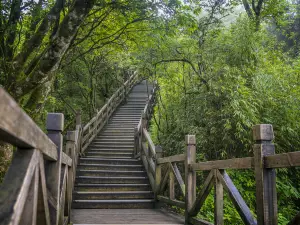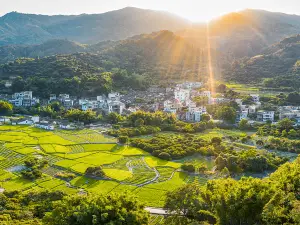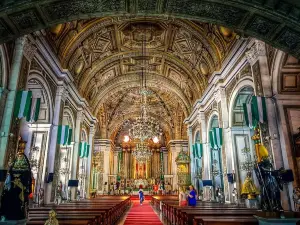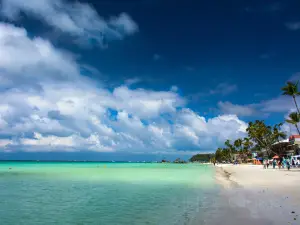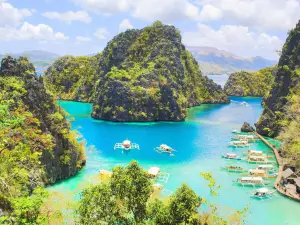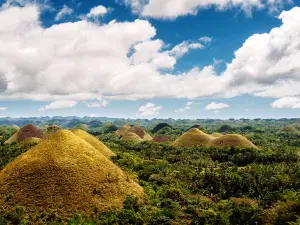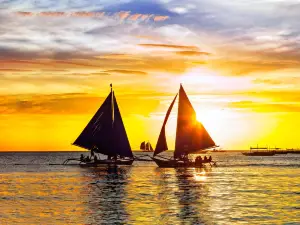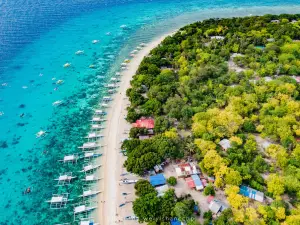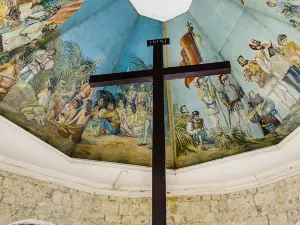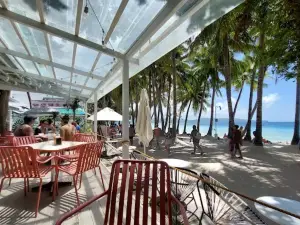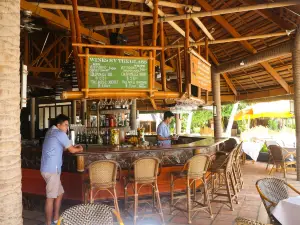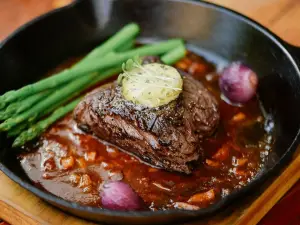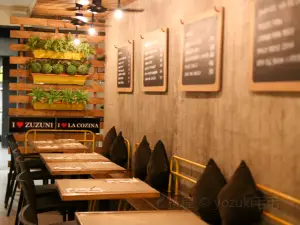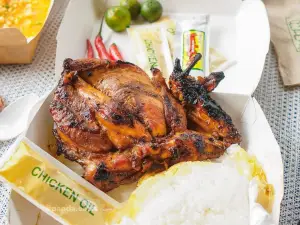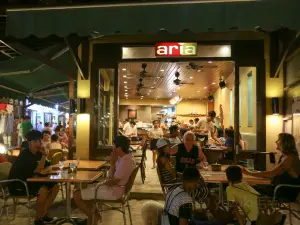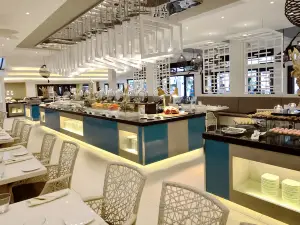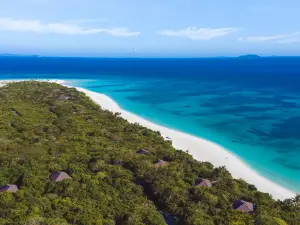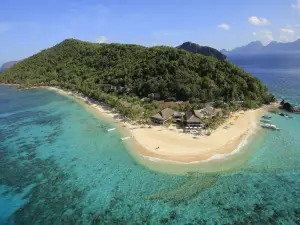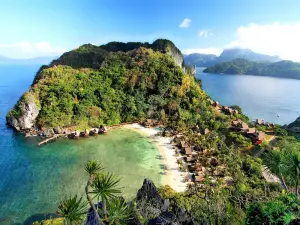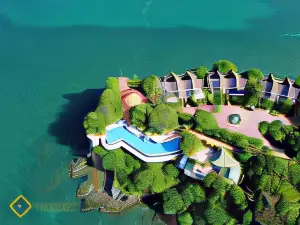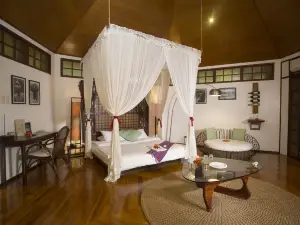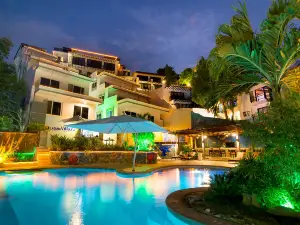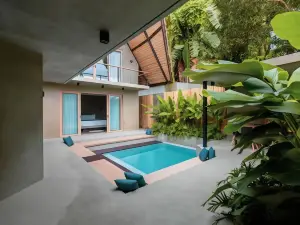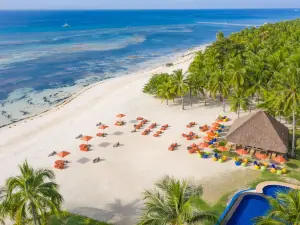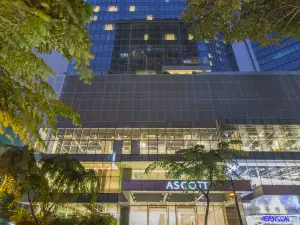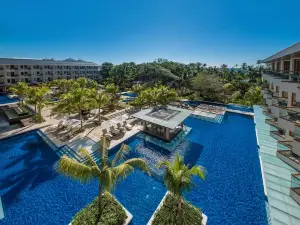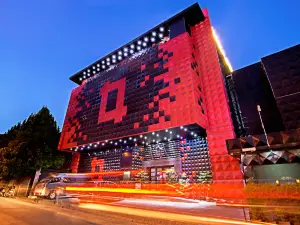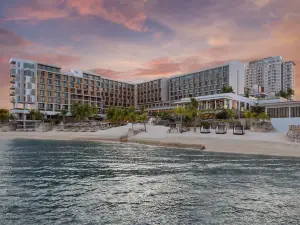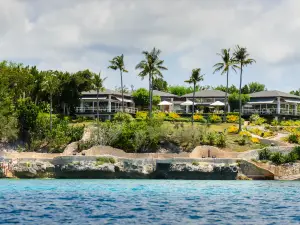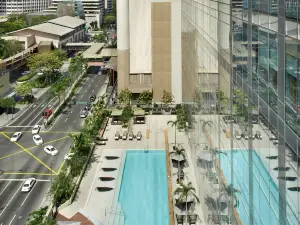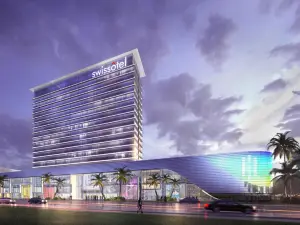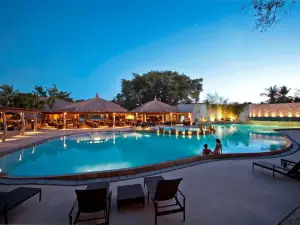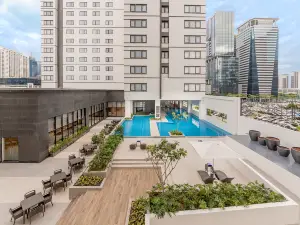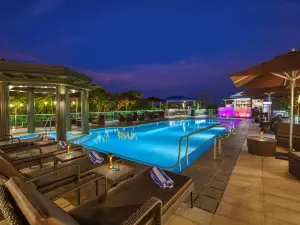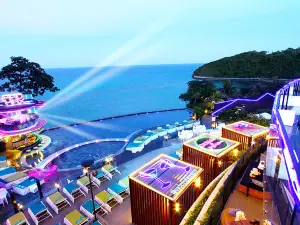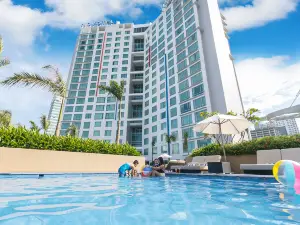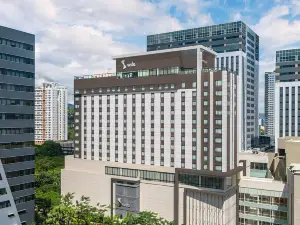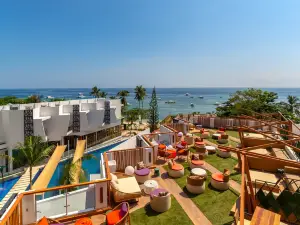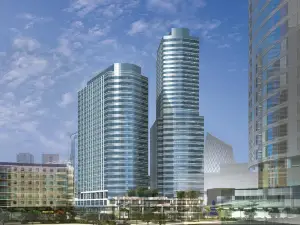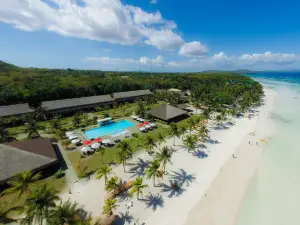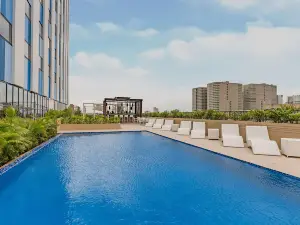2025 Philippines Travel Guide: Weather, Transportation, Popular Attractions, and Everything You Need (Updated 2025 3)
About Philippines
Recommended trip: 7–12 day(s)
Recommended trip: 7–12 day(s)Philippines Local Experiences Map
Philippines Local Travel Guide 2025
Philippines Brief Guide
The Philippines is an archipelago in Southeast Asia, known for its rich history and diverse culture influenced by Malay, Spanish, American, and Chinese heritage. This cultural melting pot has resulted in a vibrant blend of traditions, evident in its festive celebrations and historical landmarks. Religious festivals and community events are central to Filipino culture, embodying the spirited and hospitable nature of its people. The country offers a plethora of attractions that highlight its natural beauty and cultural heritage. The Banaue Rice Terraces and the historical Intramuros of Manila are significant for their cultural value, while Palawan and Boracay are celebrated for their exquisite natural beauty and vibrant marine life. For those interested in diving, the Tubbataha Reef in the Sulu Sea offers an incredible underwater experience with its beautiful coral walls and diverse marine species. Additionally, the country’s gastronomic offerings provide a deep insight into its cultural tapestry. Filipino cuisine is a delightful experience, ranging from street foods in Manila to gourmet dining in regions like Cebu, which is also renowned for its historical and natural sites.
Philippines Best Time To Visit
The best time to visit the Philippines is during the dry season from December to February. During these months, the weather is dry and temperatures are cooler, making it more comfortable for exploring the diverse landscapes and enjoying outdoor activities like beach hopping and diving. There is also a festive atmosphere with numerous celebrations such as Christmas, New Year, and numerous local festivals adding to the cultural experience. Additionally, popular places such as Palawan, Boracay, and Cebu are particularly appealing during this period due to the clear skies and calm seas.
Philippines Must-try Local Experiences
1. Island-Hopping in the Philippines Embark on a journey to the Philippines' gem-like islands. Dive into the marine biodiversity of Tubbataha Reefs Natural Park, then witness the enchanting sunset atop the limestone cliffs of El Nido, Palawan, as nature's grandeur cleanses your soul. 2. A Journey Through Time in Vigan In Vigan, a UNESCO World Heritage site, you can ride in traditional kalesa (carriages), meandering through cobblestone streets lined with Spanish colonial-era architecture, experiencing history with every step. 3. Cultural Feast in Manila The vibrant culture of Manila awaits your exploration. Stroll through bustling streets, visit the historical landmarks within the walls of Intramuros, and immerse yourself in the city's street food, each with a taste of the Philippines. 4. Climbing Mount Mayon Challenge yourself to climb Mount Mayon, known for its perfect conical shape. From the summit, you'll be awestruck by the breathtaking views and the thrill of conquering this natural wonder. 5. Adventures in Philippine Cuisine The world of Philippine cuisine awaits your exploration. From adobo, sinigang, and lechon, each dish represents Filipino flavors. Don't miss the "world's best mangoes," whether enjoyed fresh, as a dessert, or in a refreshing mango shake. Street foods like isaw, balut, and halo-halo are a true reflection of Philippine life. 6. The Natural Wonder of Bohol Chocolate Hills In Bohol Chocolate Hills, capture the symmetrical, grass-covered mounds that turn chocolate brown during the dry season. With their symmetrical beauty and natural color changes, these mounds are a paradise for photography enthusiasts. 7. Shopping Pleasures in Manila In Manila's Greenhills Shopping Center and Divisoria Public Market, you can find a variety of souvenirs, clothing, and handicrafts. Here, you can enjoy the thrill of bargaining and experience the local life of the Philippines. 8. Relaxing Hilot Massage Experience Experience the traditional Hilot massage, a technique that uses banana leaves and coconut oil. This massage offers an unprecedented relaxation experience and will soothe your body and mind during your journey. 9. Jeepney: A Taste of Filipino Flavor Riding a jeepney, these colorful vehicles are not only a mode of transportation in the Philippines but also an embodiment of Filipino culture. On a jeepney, you can feel the Filipino people's warmth and the country's vibrancy.
Philippines Travel Tips
1. Book Early for Popular Attractions: Many popular attractions in the Philippines, such as the Underground River in Palawan require advance reservations. 2. Unpredictable Weather: The Philippines experiences frequent typhoons, especially from June to November. Always check weather forecasts before your trip and be prepared for sudden changes in plans. Some attractions may close during severe weather conditions. It is advisable to carry appropriate rain gear and consider travel insurance that covers weather-related disruptions. 3. Beware of Pickpockets: In crowded areas, especially in major cities like Manila, be vigilant against pickpockets. Use zipper pockets, crossbody purses, and money belts to keep valuables secure. Split up your money, credit cards, and important documents to avoid losing everything at once. Stay aware of your surroundings, particularly in markets, on public transportation, and in tourist hotspots. 4. No Photography in Sacred Sites: Photography is often prohibited in sacred sites and some museums. Look for signs or ask permission before taking photos. Always use your best judgement and respect the rules to avoid any issues.
Philippines Transportation
To reach the Philippines from outside Asia, flights often include layovers in major hubs such as Hong Kong, Singapore, or Dubai. Nonstop options are available from the west coast of North America, Australia, and Amsterdam. Within Asia, direct flights connect Manila and Cebu from various cities. For travelers from India, connections through Singapore, Bangkok, or Kuala Lumpur are necessary.
Philippines Best cities to visit
Bohol Island is the Philippines' diving paradise and holiday resort. Deep beneath the waves, the water here holds a wondrous landscape, while, on land, there are ancient churches, cute tarsier monkeys, and beautiful natural scenery. The island’s Chocolate Hills were used as background scenes in the filmography of the “Harry Potter” film franchise. Every year in the dry season the grasses atop the mountain become brittle and turn the color of chocolate. It is an enchantingly beautiful landscape that will sweep you off your feet. At the Philippine Tarsier and Wildlife Sanctuary, you can feast your eyes on adorable tarsiers. Go to the La Purisima Concepcion de la Virgen Maria Parish Church (commonly known as Baclayon Church) for stunning views of the stained glass inside the nave. Take a cruise on the Loboc River to simultaneously enjoy the tropical rainforest scenery while all eating delicious Filipino specialties. There are many small islands in the vicinity of Bohol, and Bohol Island is a transit and transfer point for travelers going island hopping.
Philippines Useful Guide
Driving in the Philippines requires awareness of local conditions such as potholes and variable weather, which might make roads slippery. Always prioritize safety by following traffic rules and maintaining your vehicle. In emergencies, call the national emergency number 911 for immediate assistance. For specific medical help, 117 for general emergencies. Be sure to engage in defensive driving by avoiding distractions and staying alert. Lastly, ensure you are aware of best practices for natural disaster preparedness like knowing evacuation routes and local safety measures.
Trip.Best: Philippines
Popular Destinations
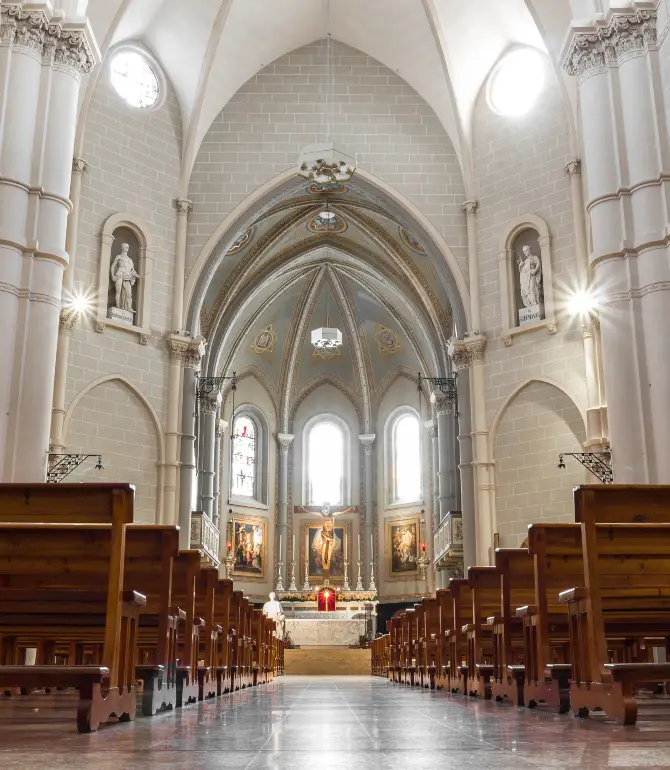
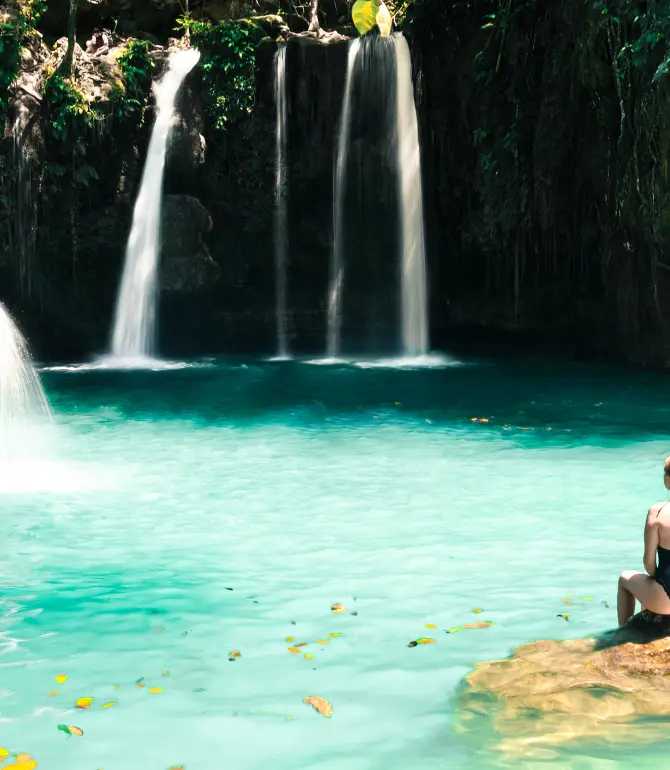

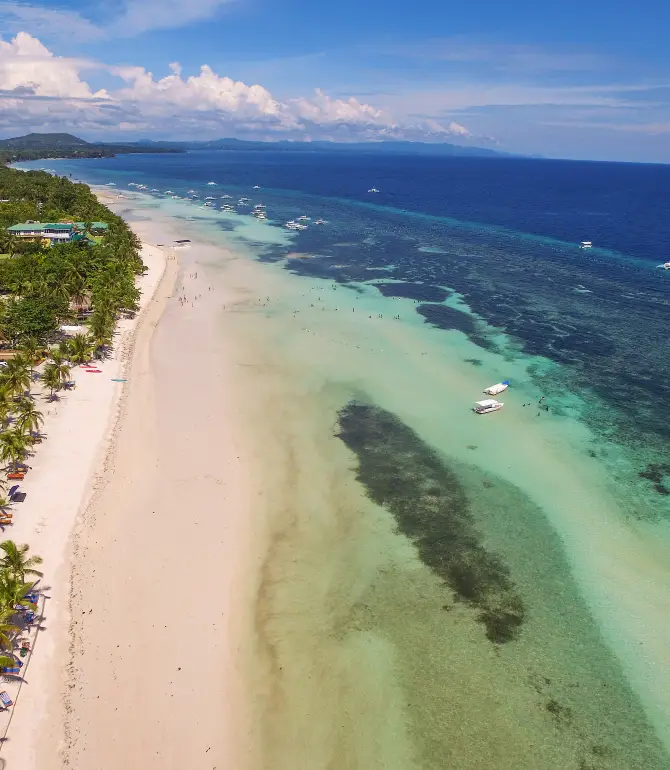
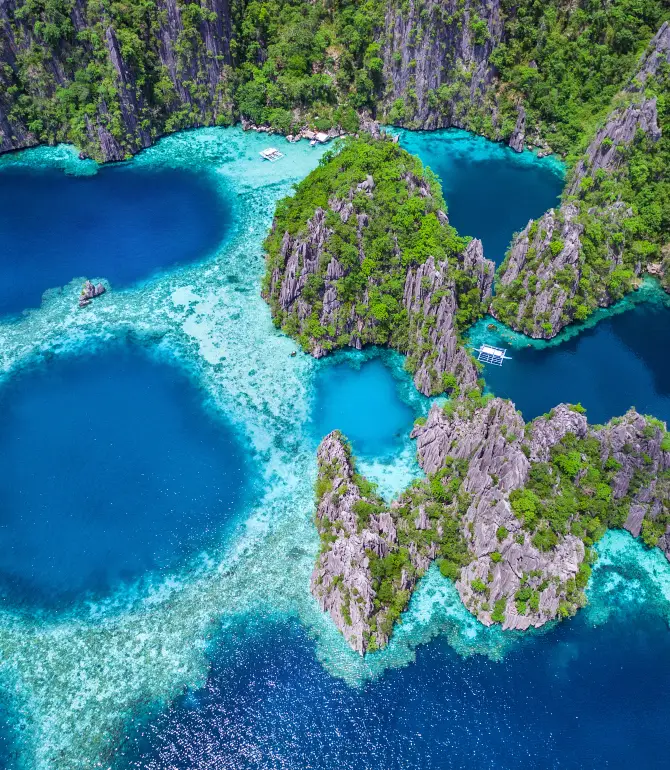
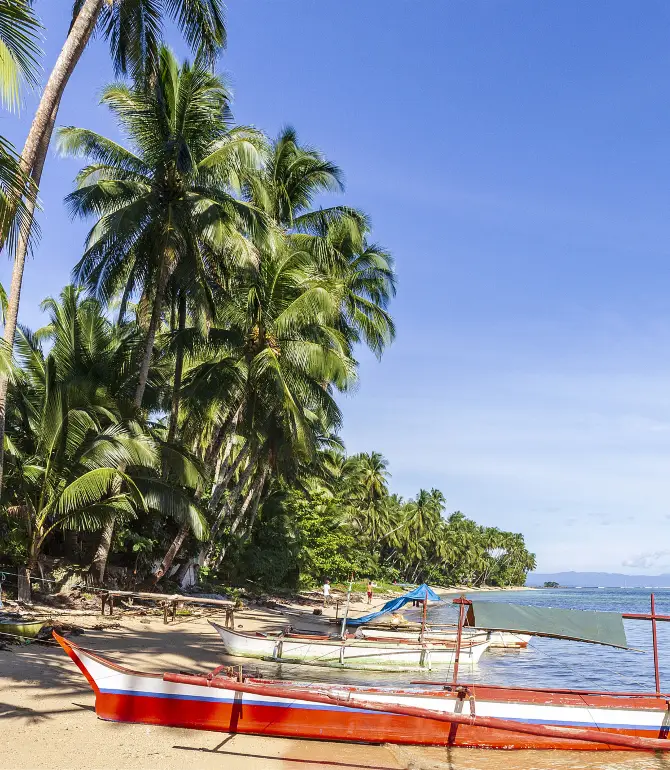
Things to do in Philippines
What to Do
Oslob Whale Shark Watching
Manila Ocean Park
Chinatown
What to Eat
Philippines Moments: Through Travelers' Eyes

3-Day Siargao Itinerary: Surf, Islands & Lagoons

Have you ever been to this dock?

Pangasinan: A Beautiful Island with a Blend of Urban and Natural Scenery

The Philippines' Volcanic Wonderland! A 3-Day, 2-Night In-Depth Exploration Guide to Albay

3-Day Utimate Batanes Getaway

BUKIDNON #solotravel

Little Amsterdam in Cebu!

Subic Bay, Philippines
Best of Philippines
Site Operator: Trip.com Travel Singapore Pte. Ltd.
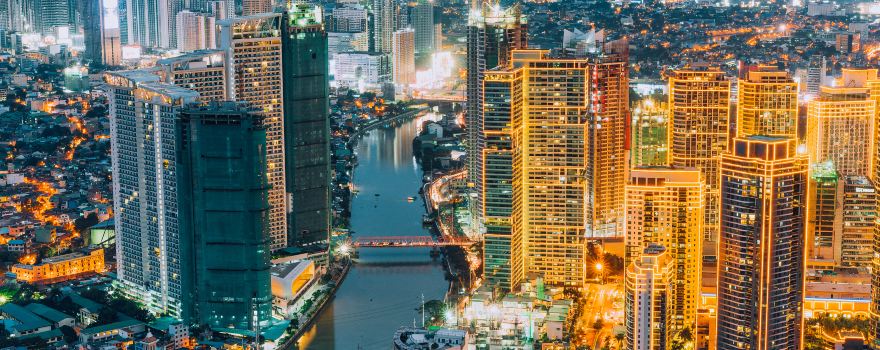
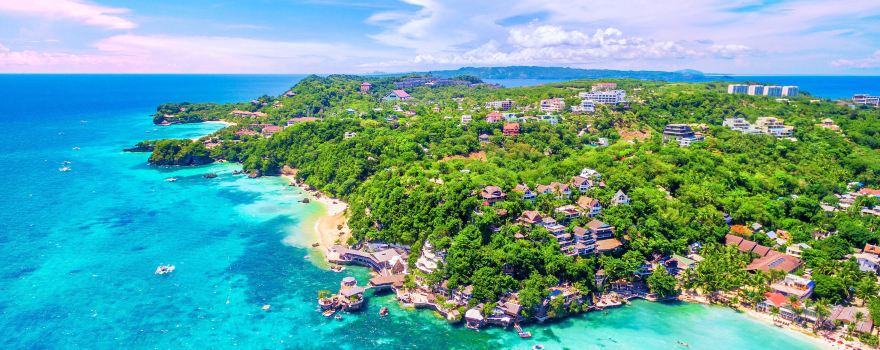
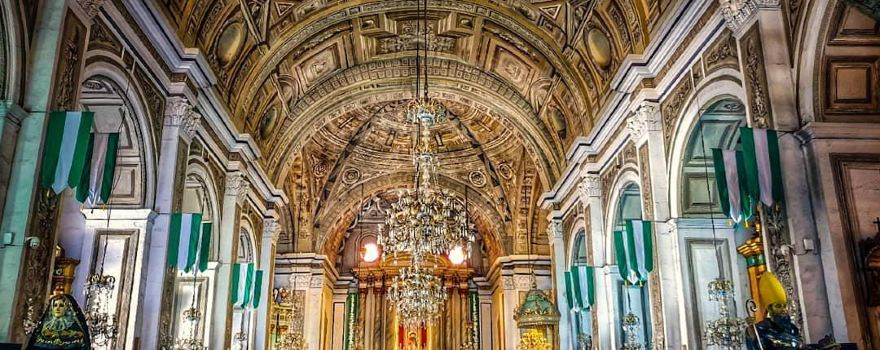

![G-DRAGON 2025 WORLD TOUR [Übermensch] IN BULACAN](https://ak-d.tripcdn.com/images/0106j12000d4vdo974233_C_880_350_R5.jpg?proc=source%2ftrip)

